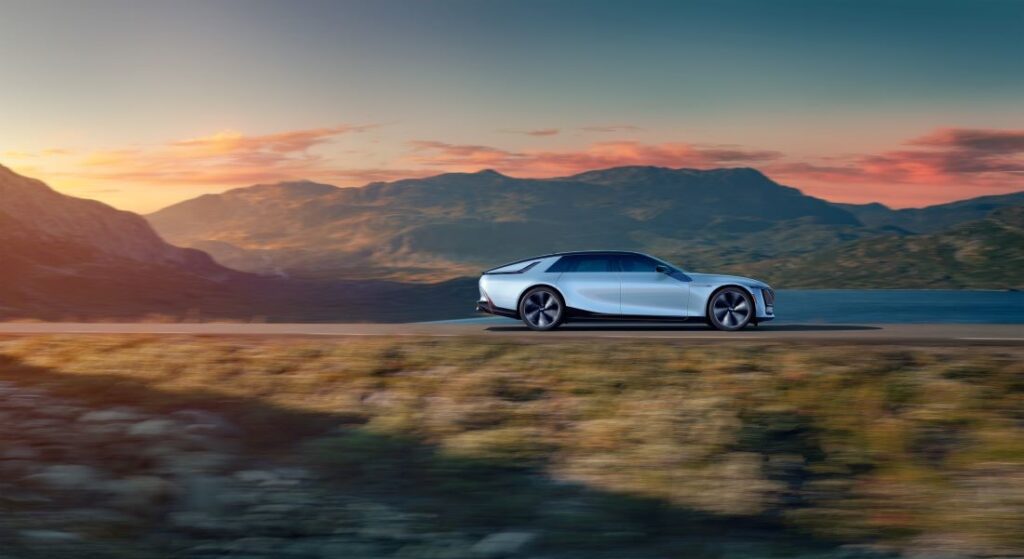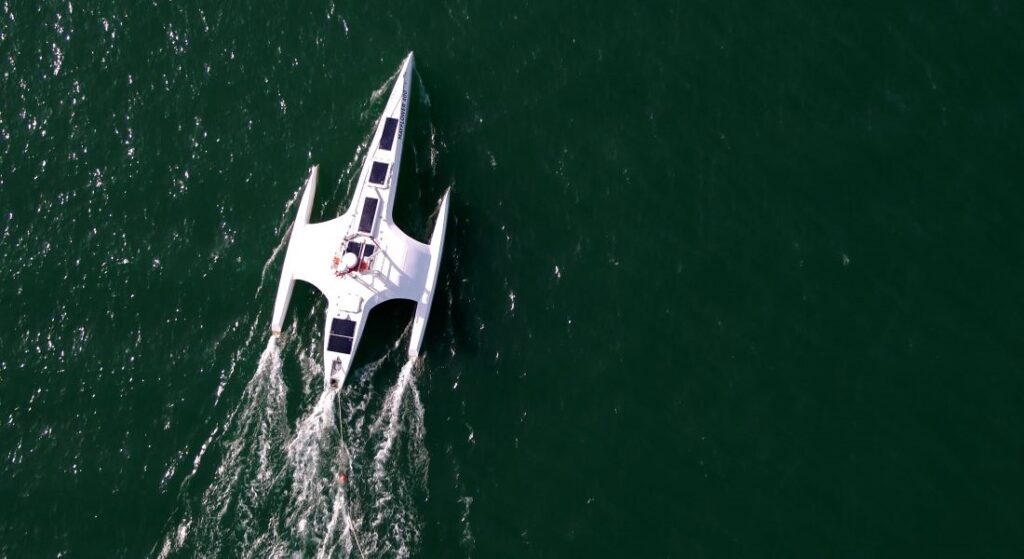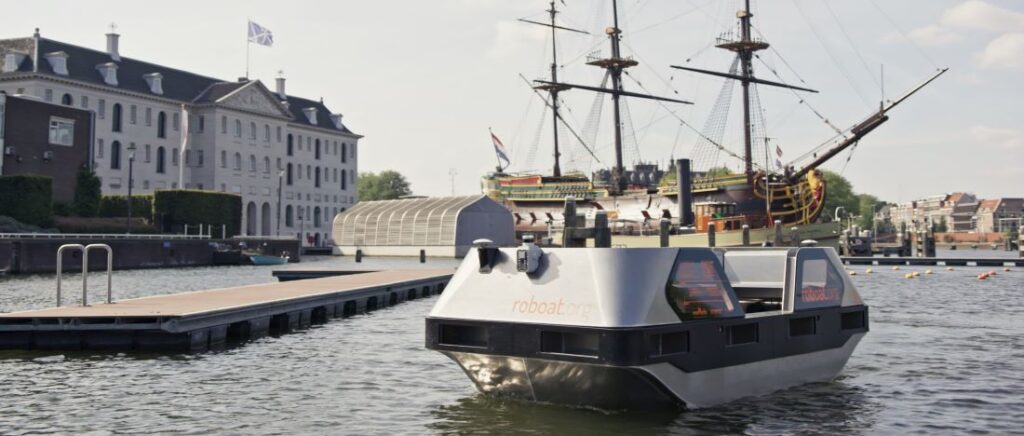This website uses cookies so that we can provide you with the best user experience possible. Cookie information is stored in your browser and performs functions such as recognising you when you return to our website and helping our team to understand which sections of the website you find most interesting and useful.
Backseat Driver: the self-driving cars and yachts changing the way we travel
By Rory FH Smith | 28 July 2023 | Cars & Yachts
As the AI revolution steers us ever closer to fully self-driving cars and yachts, we prepare for the race for autonomy

From the recent controversy created by Chat GPT to the rise of robots in everyday life, if there’s anything technology has taught us in the last decade, it’s that autonomy and AI are here to stay. While its use in arts, information and communications regularly comes under scrutiny, there are cases when a touch of tech is welcome. Take a moment to consider companies working at the sharp end of the transportation industry, for example, and you’ll find everything from self-driving supercars to yachts that make their own way across the ocean without the need for a crew or captain. When it comes to transport, technology is rapidly transforming the way we get around, giving backseat driving a whole new meaning and desirability.
On the road, carmakers have been exploring the possibilities of autonomous driving since 1925, when the radio-controlled American Wonder hit the streets of New York – albeit followed closely by a second car in which a person sat controlling it. Since then, things have gladly moved on a little and, today, the task of automating the world’s fleet of almost 1.5 billion cars mainly falls to US tech titans such as Alphabet’s Waymo, Apple and Tesla to name a few.
“My guess for when we will have full autonomy is approximately three years,” Tesla owner Elon Musk told a Danish publication in 2015. Since then, the tech mogul has promised every year that Teslas will drive themselves ‘next year,’ even going as far as saying he’d be “shocked if we do not achieve full self-driving safer than a human this year,” in an earnings call in January 2022. While Musk might have been a little over-eager with his predictions, he wasn’t the only one. General Motors’ Cruise division, Waymo, Toyota and Honda all planned to have launched fully self-driving cars by 2020, yet entirely autonomous driving still remains a fantasy.
While the tech is far from rudimentary, the path to fully self-driving cars is littered with sizable roadblocks, ranging from software glitches and mechanical failures to the age-old problem of man versus machine and ‘edge cases.’ Proving to be the biggest obstacle to self-driving cars, edge cases are the rare and unusual events that humans encounter daily, such as a ball bouncing across the street chased by a child or complicated roadworks that require you to mount the kerb or cross into the other lane to get past. While a human wouldn’t think twice about applying common sense to navigate around the obstacle, even if it went against the rules of the road, AI thinks differently. Common sense is difficult to programme when we don’t fully know how it works ourselves.

SHIP-SHAPE STEERING
While the battle for self-driving on the road rages on, it’s a different story out at sea. On the open water, there are fewer vehicles and the problem of pesky wayward pedestrians doesn’t exist. In short, there are fewer barriers to autonomous boats and many ships already follow set routes, such as shipping channels and ferry crossings. Setting sail from Plymouth in April 2022, the small Mayflower Autonomous Ship (MAS) completed a 2,700-mile trip to Halifax in Nova Scotia, Canada in two months. The entirely unmanned craft was created to mark the 400th anniversary of the original Mayflower’s historic journey across the Atlantic, demonstrating just how far technology has moved on over the centuries.
Similarly, in Amsterdam’s iconic canals, electric and fully autonomous Roboats – developed by the Massachusetts Institute of Technology (MIT) – have already been successfully tested, transporting people and products without any human intervention. While it’s a small start, the technology can soon be scaled as is the case in Norway, where the Yara Birkeland – described as the world’s first fully electric autonomous cargo ship – is busy ferrying freight from Porsgrunn down to the port in Brevik.
Although autonomy on the ocean is advancing at pace, it might still be some time until we see superyachts navigating the Med without a crew and captain – after all, having a full team of primed staff at your service is part of the appeal when it comes to superyacht cruising. As for cars, the idea of settling down to watch a movie or catch up on some work or sleep while the car does the driving might still be a while off, despite brains like Elon Musk giving it all they’ve got. In the meantime, nifty driver assistance programmes are already making driving less taxing and, crucially, safer.
Compared to only a few years ago, the cars and boats of today are infinitely smarter, sharper and connected, dealing with and acting on more data than any human could comprehend. Whether you’re reluctant to hand over control to AI or raring for the next best thing in transport tech, the progress isn’t showing signs of slowing.
Ready or not, here they come.

Discover more car reviews & yacht news from Tempus







